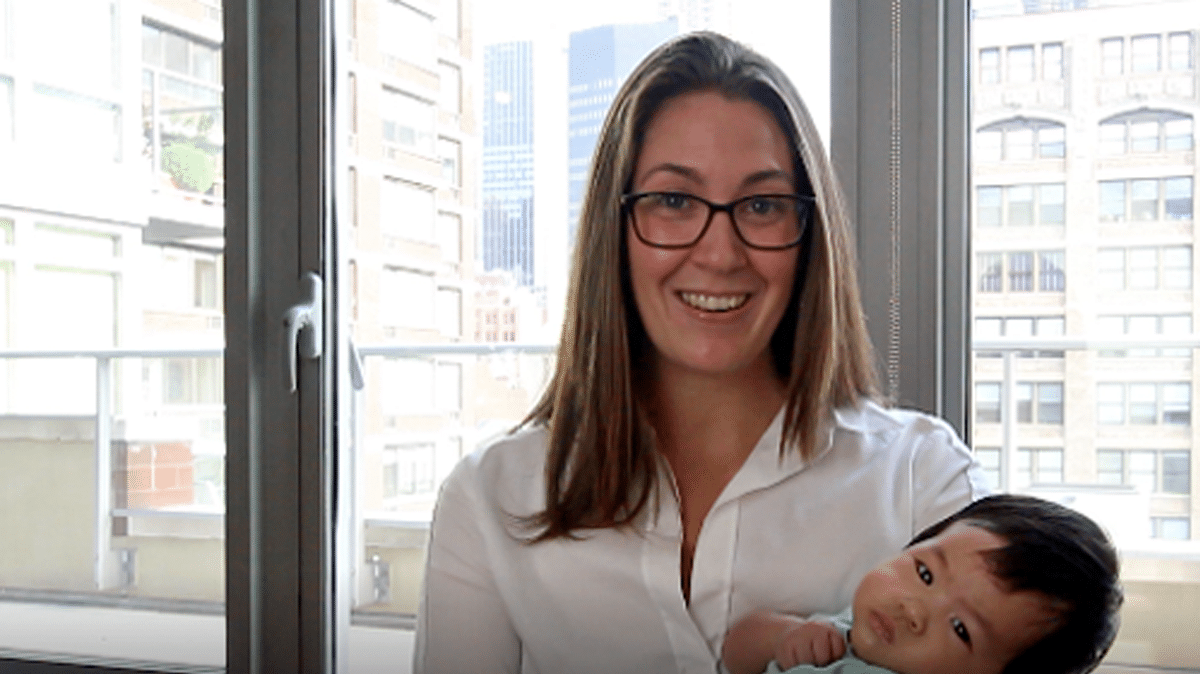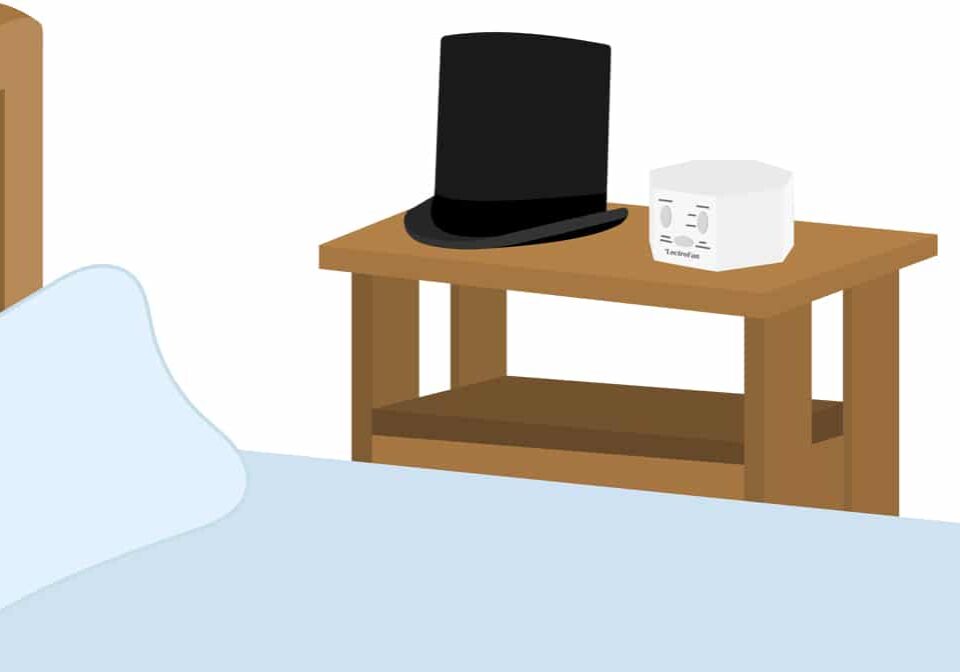
Surviving the Infamous Four Month Sleep Regression
A guest post by Kelly Murray Sleep
As a new parent, chances are that you have heard about the dreaded four Month Sleep Regression from a friend or family member or maybe you are currently going through it (I’m sorry!) with your babe. The war stories usually sound like this….
“Up until around 16 weeks my baby would fall asleep peacefully in my arms while feeding and would wake up just a couple times to feed overnight and then would fall back to sleep quickly like a little angel baby. Once my baby hit the four month mark, sleep became his enemy. Now he is up every hour wanting to party and it takes FOREVER for him to fall back to sleep.”
Sound familiar? If you ever wondered why so many families share the same story, you are in luck. I am going to shed some light on this phenomenon as well as share some surefire ways to get through it without losing too much sleep.
First, I am not a fan of the label, four Month Sleep Regression. What happens at four months really cannot be classified as a regression. A regression is defined as “a reversion to an earlier mental or behavioral level” and that is not what is happening with your little one. Instead, I refer to the change as the Four Month Sleep Progression. Let me explain why.
Most people tend to think of sleep as a “black or white” process. Either you’re awake, or you are asleep. Sleep is actually a very complicated process. As humans, we move between different stages of sleep. These stages make up a sleep cycle, which we complete multiple times throughout the night. Once we’ve gone through all of the stages, we either wake up or come close to waking up, and then start over the cycle again – over and over again – until morning.
As a newborn, a baby’s sleep cycle only consists of two stages:
REM Sleep (rapid eye movement) – During REM sleep, the brain consolidates information and memories from the day before. It’s also the stage where we do most of our dreaming.
Non-REM – This stage of sleep is deep and regenerative. Also known as “slow wave” sleep, non-REM sleep repairs and rejuvenates the immune system, muscle tissue, energy stores, and sparks growth and development.
Newborns spend about 50% of their time sleeping in each stage during each sleep cycle. So, they are either in a very deep stage of sleep or a very active stage of sleep.
Once they are three to four months old, their non-REM sleep changes dramatically. At this time, it begins to break into the following three substages which mirrors adult sleep.
Stage 1 is that initial stage we’re all familiar with when you can just feel yourself drifting off, but don’t really feel like you’ve fallen asleep.
Stage 2 is considered the first “true sleep” stage. This is when people tend to realize, once woken up, that they actually were sleeping.
Stage 3 is the deep and regenerative sleep described above.
Their REM sleep goes from making up 50% of their sleep to only 25% of their sleep to make room for the additional non-REM sleep. Although REM sleep is light, it’s not as light as these 2 new stages, and with more time spent in lighter sleep, there’s more of a chance that baby is going to wake up.
In addition, they are also going through a HUGE cognitive leap around this time. This makes any “sleep props” (such as feeding, rocking or sucking a pacifier) they rely on to fall asleep much more ingrained. As a result, they are more aware of the absence of any sleep props during the wake-ups that naturally occur when connecting sleep cycles.
If they sense that their props are “missing” when coming to the surface, the fight-or-flight reflex kicks in and a major freak-out ensues. They will then need your help as well as the help of their sleep prop in order to calm down and fall back to sleep.
Just think of how alarmed you would be if you woke up in the middle of the night and your pillow and comforter were missing!
Although the “Four Month Sleep Progression” is unavoidable, the good news is that there are ways to make this transition much more bearable. I am going to share a couple of the most impactful interventions with you…
1. Cover all light sources. Since babies can’t tell time, they rely on light as an indicator that it is morning. Light also controls the circadian rhythm. When the lights go down, our bodies produce melatonin, the sleepy hormone, which helps us to fall asleep and stay asleep. When the body senses light, it stops producing melatonin and starts producing stimulating hormones to prepare the body to wake up.
Most families I work with tell me that their baby’s room is very dark and I find that most, if not all, can make it much more darker. It is extremely important that your baby’s room is pitch black. Baby’s pupils are larger than our pupils so they are far more sensitive to light. Even the smallest glimmer of light can trigger a wake-up.
To ensure that light is not negatively impacting your babe’s sleep, cover all light sources in their nursery. Start by using painter’s tape or these to cover any lights on the electronics, such as monitors, sound machines or power strips. Next, cover the windows completely so no light peeks in. You can DIY using garbage bags, aluminum foil or black construction paper (you may also raise some of your neighbor’s eyebrows). Or you can use commercial window covers such as EZ Black-Out Window Covers.
2. Block out any external sounds. If the UPS man rings your doorbell or the dog barks when your baby is in a light stage of sleep, they will likely wake up and be very unhappy about it. To avoid these unnecessary and unenjoyable wake-ups, invest in a high-quality sound machine. My favorite is the Lectrofan Kinder which offers a brown noise mode that is lower frequency (less stimulating) than white noise.
3. Allow your baby to fall asleep independently without any sleep props. That way, when they wake up as they are connecting sleep cycles or while in a light stage of sleep, they won’t be alarmed and will be able to put themselves back to sleep quickly and peacefully.
I know, that is a tall order but it can be done! All children are capable of learning to put themselves to sleep without any external influences. They just need to be given the opportunity and a little support to learn how to do so.
If the thought of taking this step is daunting, I would be happy to help make the process less stressful. We can work together to create a personalized plan to get your baby to sleep through the night in the most gentle way possible. If you want to talk about the details of how that would work, please book a call with me here. I would love to hear from you!

Don't just take our word for it.
We don’t take the term “sleep like a baby,” lightly. We know you don’t either. Want advice from a baby whisperer? Our sleep trainers understand.







